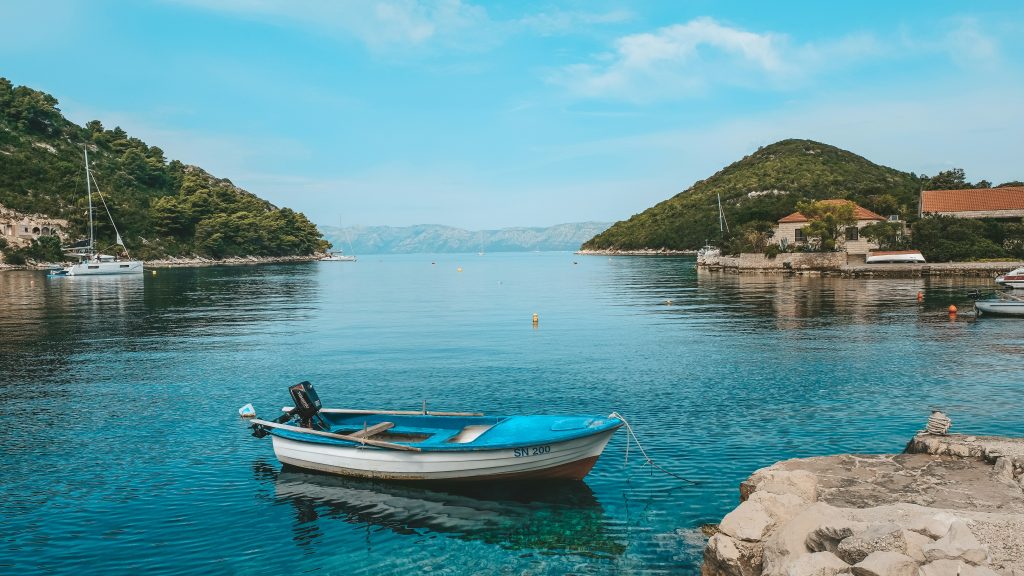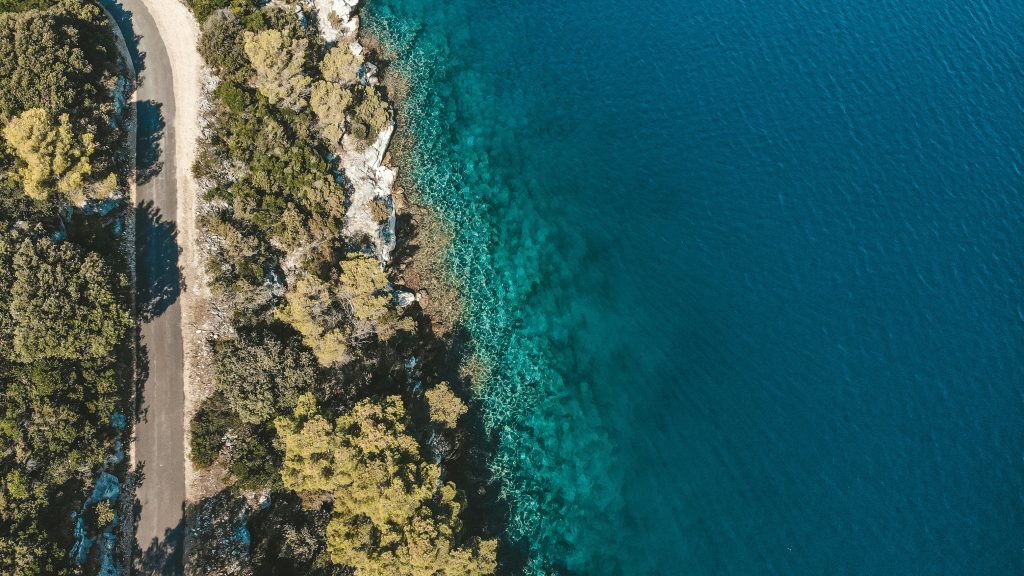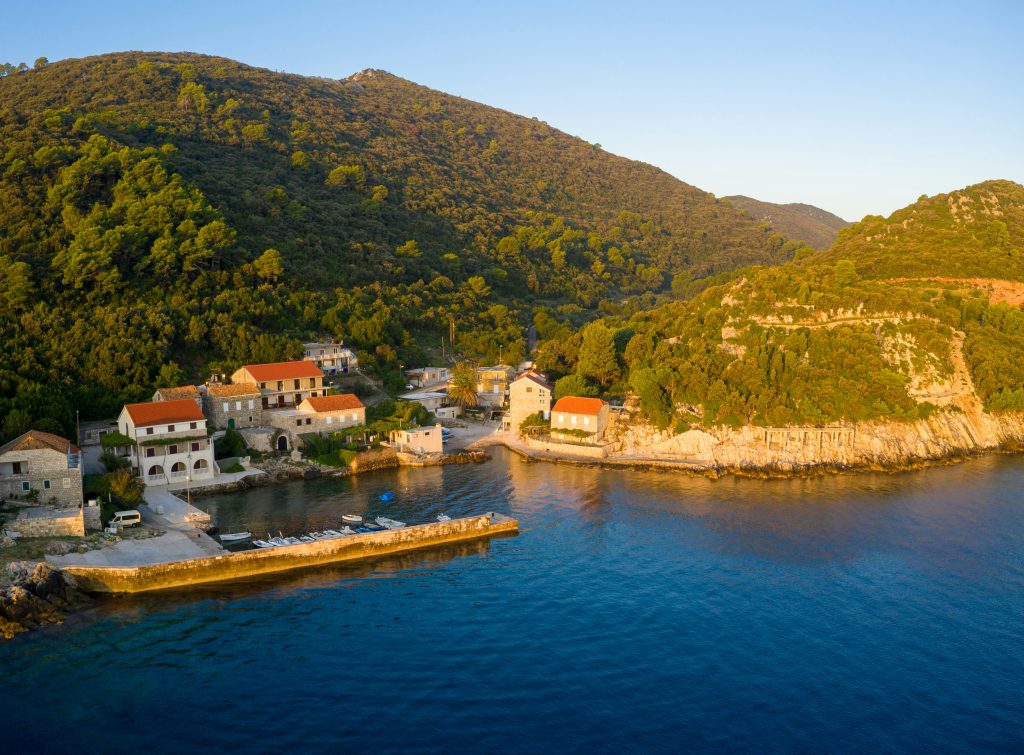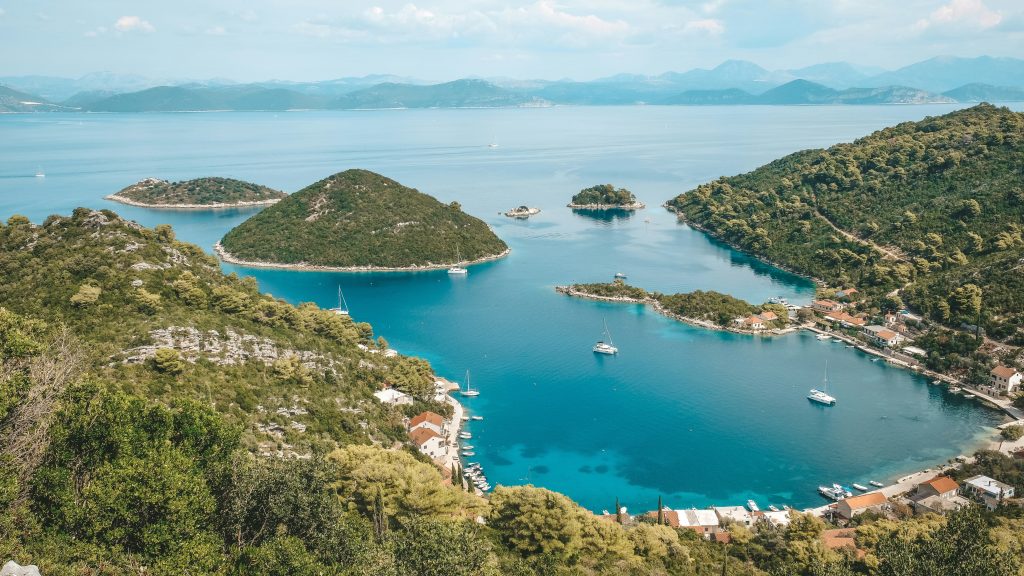August the 27th, 2024 – The measurements of the Croatian sea temperature over the last few weeks have caused concern, and up and down the coastline, those worries are still valid.
Not long ago, reports did the rounds about the highest Croatian sea temperature measured. It was over 29 degrees down in Dubrovnik at 17:00, a decent chunk of time after the most extreme heat of the day. This led to widespread concern about marine life and the potential permanent negative consequences for the thing that pulls tourists in from far and wide each and every year – the glorious Adriatic Sea, recently confirmed as Europe’s cleanest.

Climate change remains an extreme worry and the EU is constantly putting law after law and rule after rule in place in order to try to lean more extremely towards sustainability. There are frequent pushes towards electric vehicle use, and plenty of initiatives aimed primarily at minimising our devastating impact on the planet.
Croatian sea temperature measurements reveal a lot about the collective experience in southern Europe of summers becoming so hot they’re almost insufferable. Much like the worrying headline about the sea temperature being so high in Dubrovnik in the evening hours, an extremely high Croatian sea temperature has been recorded once again, this time at just 08:00 in the morning.

As Morski writes, at 08:00 yesterday morning, the sea temperature around the beautiful Mljet National Park in southern Dalmatia read a worrisome 29.2 degrees. Further up north in Istria, more specifically in the waters surrounding Rovinj, it was measured at 27.5, and further south in the central Dalmatian city of Split, the temperature recorded stood at a slightly more pleasant 26.8 °C at the same time in the morning.
how is the croatian sea temperature measured?

At various coastal stations (which are located by the sea, as well as next to lakes and reservoirs) more open spaces where the water depth is at least 1.8 metres are chosen. Using a rope, thermometers are carefully lowered down approximately 30 centimetres below the surface and held there for around three minutes. They are then taken out and quickly read in order to ascertain an accurate sea temperature.











